The humble dung beetle, a fascinating and industrious insect, plays a crucial role in maintaining ecosystem balance and recycling organic matter. Found in various habitats worldwide, these remarkable beetles have evolved specialized adaptations that allow them to thrive in environments where dung is plentiful. Let us explore the intriguing life cycle, ecological significance, and impressive abilities of the dung beetle that play a vital role in ecosystems as nature’s cleanup crew. Their unique feeding habits, habitat preferences, and behaviors contribute to the decomposition process and help maintain the balance of ecosystems worldwide.
Dung Beetle: Species Profile
COMMON NAME: Dung Beetle
SWAHILI NAME: N/A
SCIENTIFIC NAME: Scarabaeidae (Family)
TYPE: Insect
FOOD: Dung
HABITAT: Dung beetles can be found in a variety of habitats, including grasslands, savannas, forests, and deserts. They have a global distribution and can be found on every continent except Antarctica.
SIZE: The size of dung beetles varies depending on the species. They range in size from a few millimeters to several centimeters in length.
AVERAGE LIFE SPAN IN THE NATURAL HABITAT: The average life span of dung beetles varies among species. Some species may live for just a few months, while others can survive for several years.
ACTIVE: Dung beetles are primarily active during the day, although some species are nocturnal. They are most active when it comes to finding and processing dung for feeding and breeding purposes.
GESTATION PERIOD: Dung beetles lay eggs, and the gestation period varies depending on the species. It can range from a few days to a few weeks.
WEIGHT: The weight of dung beetles also varies depending on the species. Smaller species may weigh just a few grams, while larger species can weigh several grams.
Physical Characteristics and Adaptations:
Dung beetles belong to the family Scarabaeidae and come in a range of shapes, sizes, and colors. Most species have robust body and strong legs that are well-suited for rolling and burrowing through dung. They possess a hard exoskeleton that provides protection, and some species have horn-like projections on their heads, which are used in battles with rival males for mating rights.
Habitat and Distribution:
Dung beetles can be found in diverse habitats around the world, including grasslands, savannas, forests, and even deserts. They play important roles in both natural and agricultural ecosystems, as they are present in a wide range of geographical regions, from tropical rainforests to arid landscapes.
Ecological Role and Dung Recycling:
Dung Feeding:
Dung beetles are known for their unique diet, as they primarily feed on animal dung. They are equipped with powerful mouthparts that allow them to break down and consume nutrient-rich material. By consuming dung, they prevent it from accumulating and decompose it, returning essential nutrients back to the soil.
Dung Dispersal:
One of the most fascinating behaviors of dung beetles is their ability to roll dung into balls and transport it away from the source. This behavior serves multiple purposes, including providing food for the beetles and their offspring and removing dung from communal areas, reducing the risk of disease transmission.
Burrowing and Nest Construction:
Certain species of dung beetles, known as tunnelers, dig burrows beneath the dung balls they create. Within these burrows, they lay eggs and bury the dung, providing a protected environment for their developing offspring. The dung serves as both a food source and a breeding ground, ensuring the survival of the next generation.
Importance in Ecosystem Health:
Dung beetles play a crucial role in ecosystem health and functioning. Their activities contribute to nutrient cycling, soil fertility, and the breakdown of organic matter. By removing and burying dung, they also help control fly populations and reduce the spread of disease-causing pathogens.
Conservation and Threats:
Despite their ecological significance, dung beetles face various threats, including habitat loss, pesticide use, and climate change. Conservation efforts aimed at preserving their natural habitats and promoting sustainable agricultural practices are essential to ensure the continued presence and functioning of these valuable insects.
Scarabaeidae
The Scarabaeidae, often overlooked but undeniably important, exemplifies the intricate web of interactions within ecosystems. Through their feeding, dispersal, and burrowing behaviors, these industrious insects contribute to the health and balance of their environments. Understanding and appreciating the role of dung beetles can inspire us to adopt sustainable practices and protect the diverse array of organisms that make up our natural world.
Dung Beetle Adaptations:
In the vast and diverse world of insects, the dung beetle stands out as a fascinating creature with remarkable adaptations. These small yet mighty beetles have evolved over millions of years, developing unique traits and behaviors that enable them to thrive in their specific ecological niche. From their astounding strength to their navigational prowess, dung beetles have captured the curiosity and admiration of scientists and nature enthusiasts alike.
1. Powerful Physique: Strength Beyond Size
One of the most awe-inspiring aspects of dung beetles is their exceptional strength relative to their size. These tiny insects are capable of moving objects that are more than 1,000 times their own weight. How do they achieve this incredible feat? Well, nature has equipped them with a compact yet robust body structure that optimizes their strength.
The thoracic and leg muscles of dung beetles are highly developed, providing them with the necessary power for pushing and rolling dung balls. These muscles generate an impressive amount of force, allowing the beetles to overcome the resistance of the soil and transport their precious cargo to a safe location. The secret lies in their efficient muscle structure, which enables them to utilize their energy effectively and maximize their physical capabilities.
2. Navigational Expertise: Utilizing Celestial Cues
Dung beetles possess an extraordinary ability to navigate across long distances in a straight line, even in the absence of visible landmarks. How do they accomplish this remarkable feat? The answer lies in their unique use of celestial cues, primarily the polarization patterns of sunlight and the Milky Way.
To orient themselves, dung beetles climb atop their dung balls and take note of the celestial polarization pattern. This pattern acts as a compass, guiding them towards their desired destination. By keeping the polarization angle constant relative to their body position, they can maintain a straight path and avoid getting disoriented.
3. Efficient Resource Utilization: Waste as a Valuable Resource
As the name suggests, dung beetles have a close relationship with dung, utilizing it as a vital resource for various purposes. While many creatures might find dung repulsive, dung beetles view it as a valuable source of nutrition and a suitable environment for reproduction. Their adaptations allow them to make the most out of this seemingly unappealing resource.
Dung beetles possess specialized mouthparts and digestive systems that can efficiently process and extract nutrients from dung. By doing so, they not only obtain sustenance but also prevent the proliferation of disease-causing organisms present in animal waste. This mutually beneficial relationship between dung beetles and dung highlights their remarkable ability to adapt and thrive in challenging environments.
4. Temporal Segregation: A Strategy for Coexistence
In environments where multiple dung beetle species coexist, competition for resources can be fierce. To mitigate this competition, dung beetles have developed a unique adaptation known as temporal segregation. Instead of directly competing with one another, different species have specific periods during the day or year when they are active.
By segregating their activity patterns, dung beetle species reduce direct competition and can efficiently exploit available resources. Some species are active during the day, while others emerge at night or have seasonal preferences. This temporal partitioning ensures the optimal utilization of resources and enhances the chances of survival for each species within the ecosystem.
5. Brood Ball Construction: Ensuring Offspring Success
Dung beetles exhibit exceptional parental care by constructing brood balls for their offspring. Female beetles fashion these brood balls from dung, carefully selecting and shaping it to create a suitable environment for their eggs. This adaptation ensures the survival and development of the beetle larvae.
The female beetle lays her eggs inside the brood ball, providing a protective shelter and a rich source of nutrients for the growing larvae. The size and composition of the brood ball vary across different dung beetle species, reflecting their specific requirements and environmental conditions. This adaptation highlights the meticulous nature of dung beetles when it comes to securing the future generation’s success.
6. Ecological Importance: Dung Beetle Ecosystem Services
Beyond their fascinating adaptations, dung beetles play a crucial role in ecosystem functioning and stability. These industrious insects provide a range of services that benefit both the environment and humans. By efficiently removing and burying dung, they contribute to nutrient cycling and soil health. Their actions also reduce fly populations and the spread of disease, making them valuable allies in livestock and agricultural settings.
Furthermore, the burrows created by dung beetles enhance soil aeration and water infiltration, promoting healthy plant growth and reducing erosion. Dung beetles are a testament to the intricate web of ecological interactions and the critical role insects play in maintaining the delicate balance of nature.
Best Places to See Dung Beetles in Tanzania:
Tanzania, known for its stunning wildlife and diverse ecosystems, is a fantastic destination for nature enthusiasts and wildlife lovers alike. While iconic animals such as lions, elephants, and zebras often steal the spotlight, there is a fascinating creature that plays a vital role in the ecosystem but often goes unnoticed—the dung beetle. These industrious insects are nature’s cleanup crew, and if you’re interested in observing them in their natural habitat, Tanzania offers several locations where you can witness their remarkable behaviors.
1. Serengeti National Park
Serengeti National Park is undoubtedly one of Tanzania’s most renowned wildlife destinations, famous for its annual wildebeest migration and abundant wildlife. In addition to the charismatic mammals, the park is home to a thriving population of dung beetles. Exploring the vast savannahs and grasslands of the Serengeti provides an excellent opportunity to observe dung beetles in action.
Keep a keen eye on the open plains, especially around areas where large herds of herbivores roam. Dung beetles play a crucial role in cleaning up the vast amounts of dung left behind by these animals, and you may witness their tireless efforts as they roll dung balls or tunnel beneath the ground. Serengeti offers a remarkable setting to appreciate the intricate relationship between dung beetles and the ecosystem.
2. Ngorongoro Crater
Ngorongoro Crater, a UNESCO World Heritage Site, is a unique and spectacular natural wonder in Tanzania. This collapsed volcanic caldera boasts a diverse range of wildlife, including an abundance of herbivores that contribute to the creation of ample dung piles—a dung beetle’s paradise.
Venture into the grassy plains and woodlands of the Ngorongoro Crater, and you’ll likely encounter dung beetles hard at work, efficiently breaking down and recycling the organic material. Observing their behavior within this incredible ecosystem offers an opportunity to appreciate the intricate web of life and the vital role these small creatures play in maintaining balance and sustainability.
3. Tarangire National Park
Tarangire National Park, known for its majestic baobab trees and large elephant herds, is another remarkable destination to spot dung beetles in Tanzania. The park’s diverse habitats, which include woodlands, riverine forests, and open grasslands, provide a variety of niches for different dung beetle species to thrive.
While exploring Tarangire, pay attention to areas where wildlife congregates, such as watering holes or feeding grounds. Dung beetles take advantage of the abundant dung left behind by these animals, using it as a valuable resource for food and reproduction. By witnessing their activities in Tarangire, you’ll gain a deeper appreciation for the interconnectedness of life within this extraordinary ecosystem.
4. Selous Game Reserve
Selous Game Reserve, located in southern Tanzania, is one of the largest protected areas in Africa, offering a pristine and remote wilderness experience. This vast reserve encompasses diverse habitats, from woodlands to grassy plains and wetlands, providing a haven for a wide range of wildlife, including dung beetles.
Embark on a safari adventure in Selous Game Reserve, and you may have the chance to spot dung beetles amidst the rich wildlife. As you explore the reserve’s landscapes, keep an eye out for fresh dung piles and the bustling activity surrounding them. The diversity of dung beetle species found in Selous Game Reserve adds to the intrigue and appreciation of their remarkable adaptations.
5. Ruaha National Park
Ruaha National Park, located in central Tanzania, is a hidden gem known for its rugged landscapes, diverse wildlife, and fewer crowds compared to other popular parks. This off-the-beaten-path destination provides a unique opportunity to observe nature at its most authentic, including the fascinating world of dung beetles.
While exploring the vast woodlands, savannahs, and river systems of Ruaha, keep a lookout for signs of dung beetle activity. From rolling dung balls to constructing burrows, these diligent creatures contribute to the ecosystem’s health and functioning. Ruaha’s tranquil setting allows for a more immersive and intimate experience with nature, including the often overlooked but remarkable dung beetles.
Dung Beetle Safari Destinations
Tanzania, with its diverse and pristine ecosystems, offers a multitude of opportunities to observe dung beetles in their natural habitats. Whether you visit the iconic Serengeti, the unique Ngorongoro Crater, the captivating Tarangire, the remote Selous Game Reserve, or the enchanting Ruaha National Park, keep a curious eye for the intricate world of dung beetles. By witnessing their remarkable adaptations and essential role in the ecosystem, you’ll gain a deeper understanding and appreciation for these often overlooked but highly valuable creatures.
Dung Beetle Safari Tips:
Embarking on a dung beetle safari can be a unique and rewarding experience, providing an opportunity to witness the remarkable behaviors of these fascinating creatures. While dung beetles may not be as well-known as some of Africa’s iconic wildlife, their ecological significance and intriguing adaptations make them a worthy subject of exploration.
1. Choose the Right Safari Destination
Selecting the right safari destination is crucial when planning a dung beetle-focused adventure. Look for parks and reserves known for their diverse ecosystems, abundant herbivores, and healthy dung beetle populations. Tanzania, South Africa, Botswana, and Kenya are renowned for their rich wildlife and provide excellent opportunities to observe dung beetles in action.
Consider visiting national parks such as Serengeti, Kruger, Okavango Delta, and Maasai Mara, where a wide range of wildlife attracts dung beetles seeking their precious resource. These destinations offer a higher chance of encountering different dung beetle species and witnessing their unique adaptations.
2. Timing is Key
Timing plays a vital role in maximizing your dung beetle safari experience. Dung beetles are most active during certain times of the day, usually when temperatures are favorable. Early morning and late afternoon are prime times to spot these industrious insects as they make use of the cooler conditions for their activities.
Plan your safari outings accordingly, aiming for game drives or walks during the early morning or late afternoon hours. This will increase your chances of witnessing dung beetles rolling dung balls, tunneling, or engaging in other fascinating behaviors.
3. Observe Dung Piles and Dung-Rich Areas
To increase your chances of encountering dung beetles, focus your attention on areas with a high concentration of dung piles. These can be found near watering holes, game trails, or areas frequented by large herbivores. Dung beetles rely on dung as their primary resource for food and reproduction, so where there is dung, there are likely to be dung beetles.
Scan the surroundings for fresh dung piles or signs of recent animal activity. By observing these areas, you’ll have a higher chance of spotting dung beetles at work, whether they’re rolling dung balls or excavating tunnels beneath the ground.
4. Be Patient and Observant
When it comes to dung beetle safaris, patience and attentiveness are key. Dung beetles may not always be immediately visible, especially if they are busy beneath the ground or hidden within the dung piles. Take your time to observe and scan the area carefully.
Be observant of any movements, small mounds, or rolling objects on the ground. Dung beetles often work silently and discreetly, so keen eyes and a watchful approach will increase your chances of spotting their activities.
5. Use Binoculars and Macro Photography Equipment
Binoculars and macro photography equipment can greatly enhance your dung beetle safari experience. Binoculars allow you to scan the surroundings more effectively, enabling you to spot distant dung beetles or observe their intricate behaviors in greater detail.
Macro photography equipment, such as a dedicated macro lens, can capture the fine details of dung beetles and their adaptations. Close-up photographs offer a unique perspective, allowing you to appreciate the beauty and complexity of these small creatures.
6. Respect Wildlife and their Habitat
While engaging in a dung beetle safari, it’s crucial to prioritize the well-being of wildlife and their habitat. Respect the natural environment and adhere to park regulations and guidelines. Maintain a safe distance from animals and dung beetles, avoiding any disturbance to their activities.
Refrain from touching or interfering with the dung beetles or their dung balls. Remember, you are a guest in their world, and observing them from a respectful distance ensures their natural behavior remains undisturbed.
7. Engage with Knowledgeable Guides
To enrich your dung beetle safari experience, consider engaging with knowledgeable guides or naturalists. These experts can provide valuable insights into dung beetle behavior, adaptations, and the broader ecological context. They can also share interesting anecdotes and stories, enhancing your understanding and appreciation of these remarkable insects.
Guides can help you identify different dung beetle species and explain their roles within the ecosystem. Their expertise adds depth to your safari adventure and ensures a more informed and immersive experience.
Safari Tours to see Dung Beetles
A dung beetle safari offers a unique opportunity to witness nature’s cleanup crew in action. By following these tips, choosing the right destination, timing your outings, observing dung-rich areas, and being patient and respectful, you can enhance your encounter with these remarkable insects. Remember to prioritize the well-being of wildlife and their habitat, and engage with knowledgeable guides to deepen your understanding of dung beetles and their ecological significance.
Frequently Asked Questions About Dung Beetles:
Dung beetles are fascinating creatures with unique adaptations and behaviors that have captured the interest of many nature enthusiasts. As people seek to learn more about these remarkable insects, several questions commonly arise. In this article, we provide answers to some frequently asked questions about dung beetles, shedding light on their intriguing world and the important roles they play in the ecosystem.
Q1: What do dung beetles eat?
Dung beetles primarily feed on dung from herbivorous animals. They play a crucial role in recycling organic waste by consuming and utilizing dung as a source of nutrition. Different dung beetle species have varying dietary preferences, targeting specific types of dung depending on their adaptations and ecological niche.
Q2: How do dung beetles find dung?
Dung beetles locate dung through a combination of methods. They have a highly developed sense of smell that enables them to detect the scent of fresh dung from a considerable distance. Additionally, they may rely on visual cues such as the presence of large herbivores or the sight of other dung beetles congregating around dung piles.
Q3: What are the adaptations of dung beetles?
Dung beetles have evolved a range of adaptations that allow them to efficiently utilize dung resources and thrive in their specific habitats. Some key adaptations include:
- Dung-rolling behavior: Many dung beetles roll dung into balls, which they use for feeding or breeding purposes. They shape the dung into a ball and roll it away from the competition, often in a straight line, to minimize the chances of encountering other beetles.
- Tunneling and burrowing: Some species of dung beetles prefer to tunnel into the ground with the dung, creating chambers for nesting and depositing eggs. This behavior protects the eggs and provides a rich source of nutrients for the developing larvae.
- Specialized mouthparts: Dung beetles possess mouthparts adapted for chewing and manipulating dung. These mouthparts enable them to break down and process the dung for consumption or shaping into balls.
Q4: Why are dung beetles important?
Dung beetles play a vital role in ecosystem functioning and stability. Their activities contribute to nutrient recycling, soil health, and the suppression of fly populations. By removing and burying dung, they prevent the spread of disease and reduce the attractiveness of dung to other insects.
Dung beetles also improve soil structure through their burrowing activities, enhancing water infiltration and nutrient availability for plants. Their presence benefits both natural ecosystems and agricultural systems by promoting healthy soil and supporting the productivity of grazing lands.
Q5: Are dung beetles beneficial to humans?
Yes, dung beetles provide numerous benefits to humans. In agricultural settings, dung beetles can improve livestock health by reducing the presence of pests and parasites that thrive in dung. They also reduce the fly population, resulting in decreased annoyance for both humans and animals.
Furthermore, dung beetles aid in nutrient cycling, which can positively impact soil fertility and productivity. Their activities contribute to the breakdown of organic matter, releasing nutrients that can be utilized by plants. This natural recycling process can reduce the need for synthetic fertilizers and promote sustainable agricultural practices.
Q6: How long do dung beetles live?
The lifespan of dung beetles varies depending on the species and environmental conditions. Some dung beetle species have relatively short lifespans, living only for a few weeks or months. Others may have longer lifespans, potentially spanning a year or more.
Q7: Where can I observe dung beetles?
Dung beetles can be found in various habitats worldwide, ranging from grasslands to forests and even deserts. To observe them in their natural habitat, consider visiting locations with abundant herbivores, such as national parks, game reserves, or rural areas with grazing livestock.
Specific destinations known for their dung beetle populations include the Serengeti National Park in Tanzania, the Kruger National Park in South Africa, and the Okavango Delta in Botswana. Local natural history museums or insectariums may also have displays or educational programs that feature dung beetles.

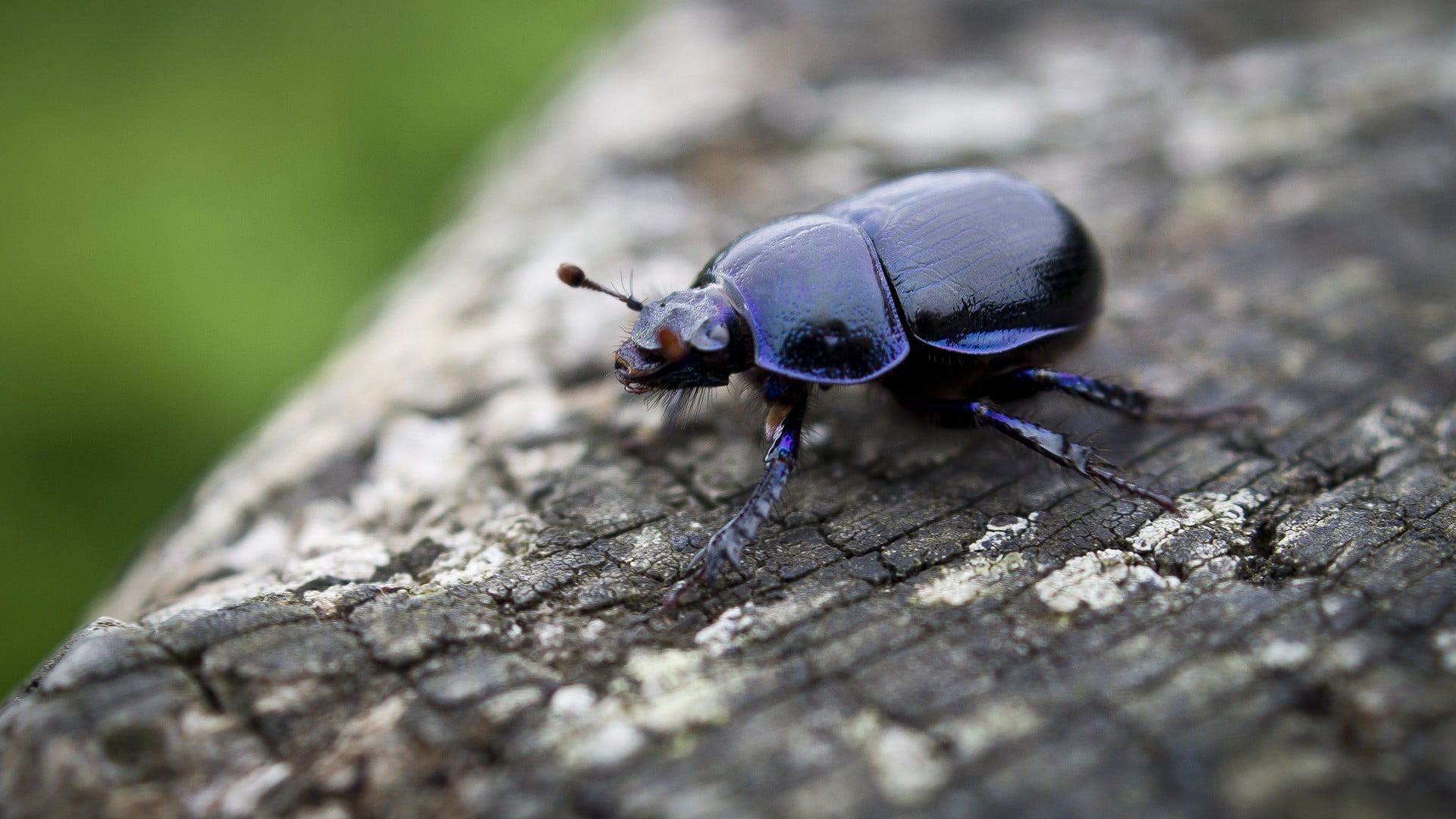
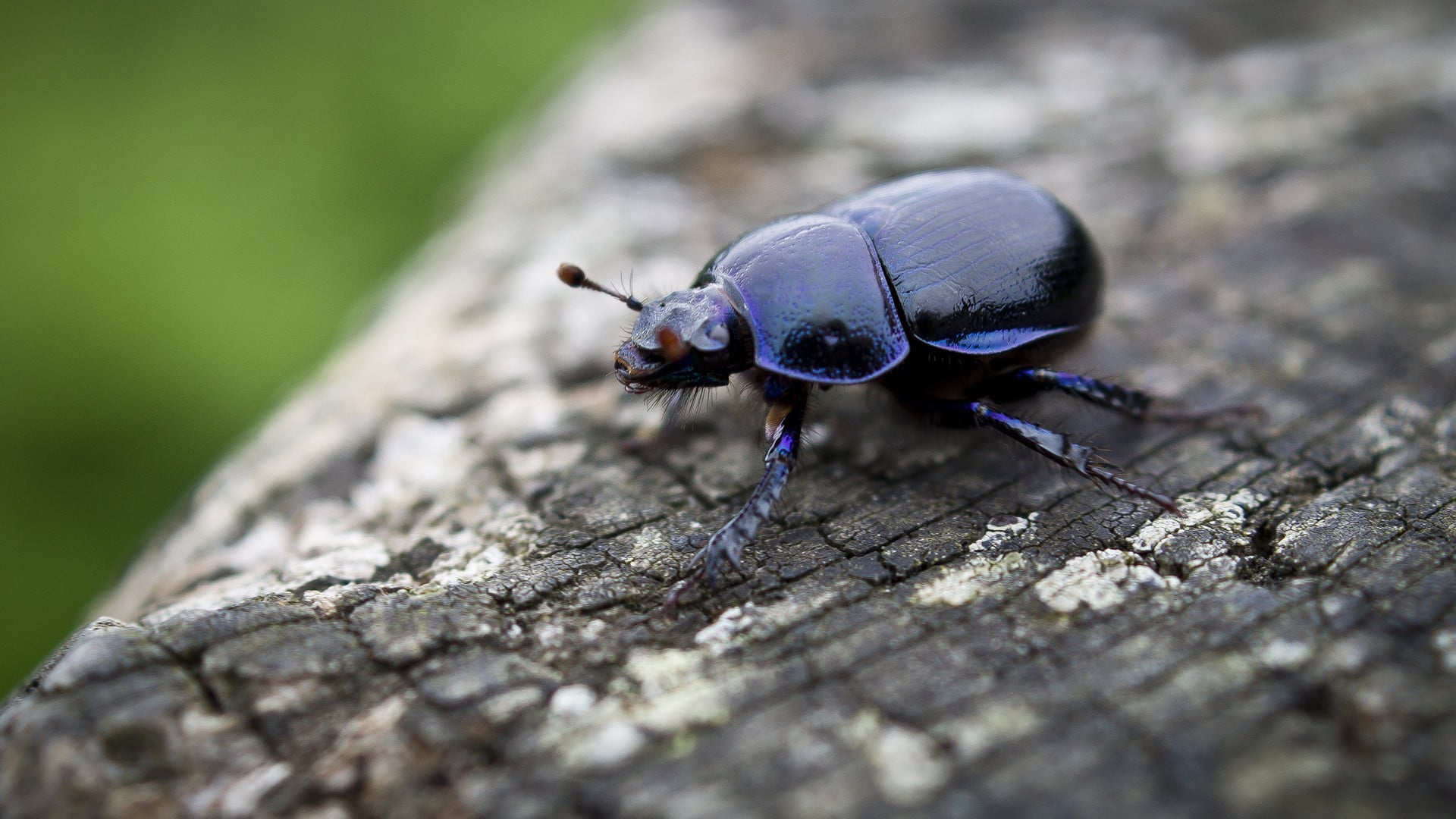
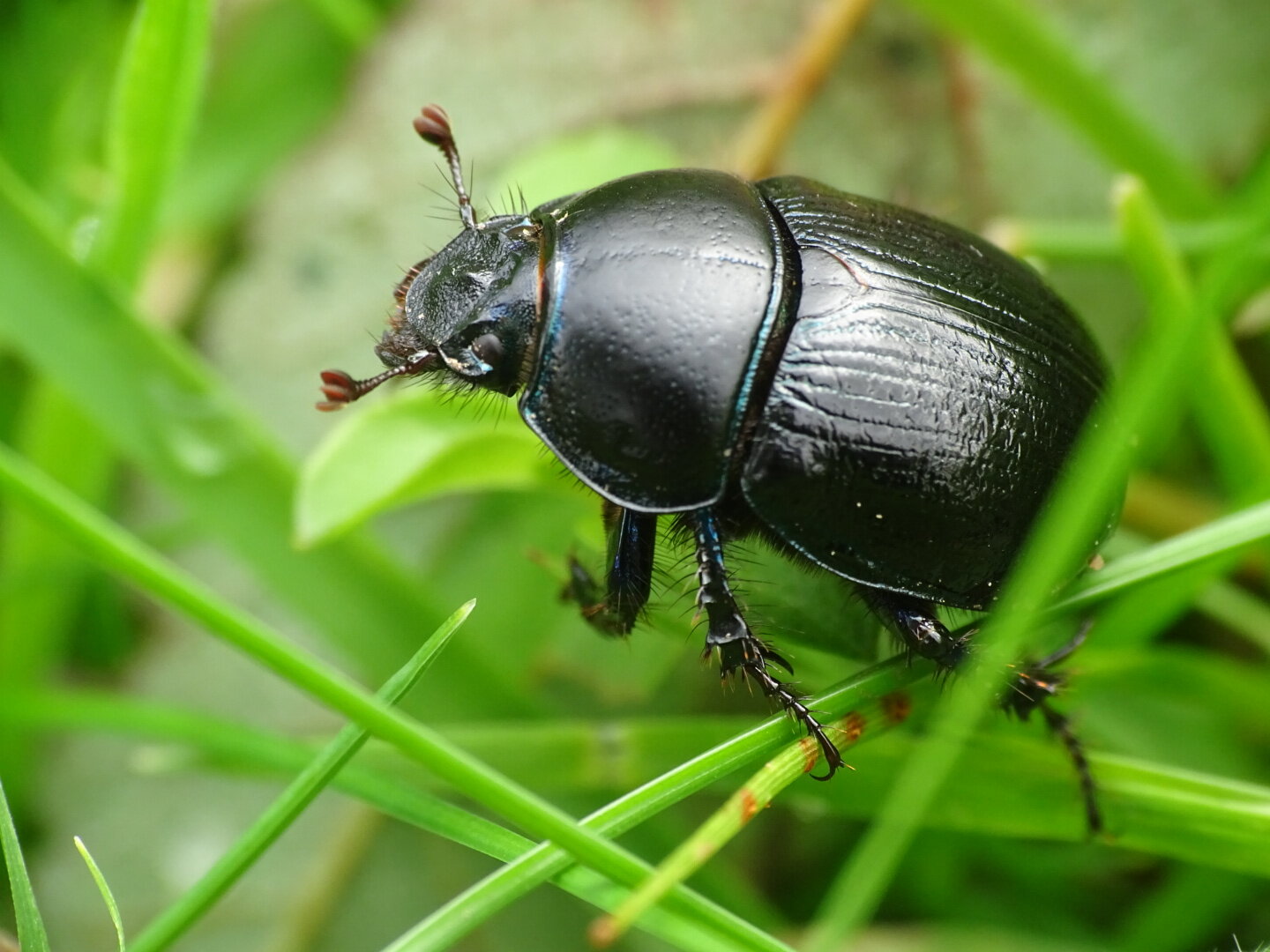
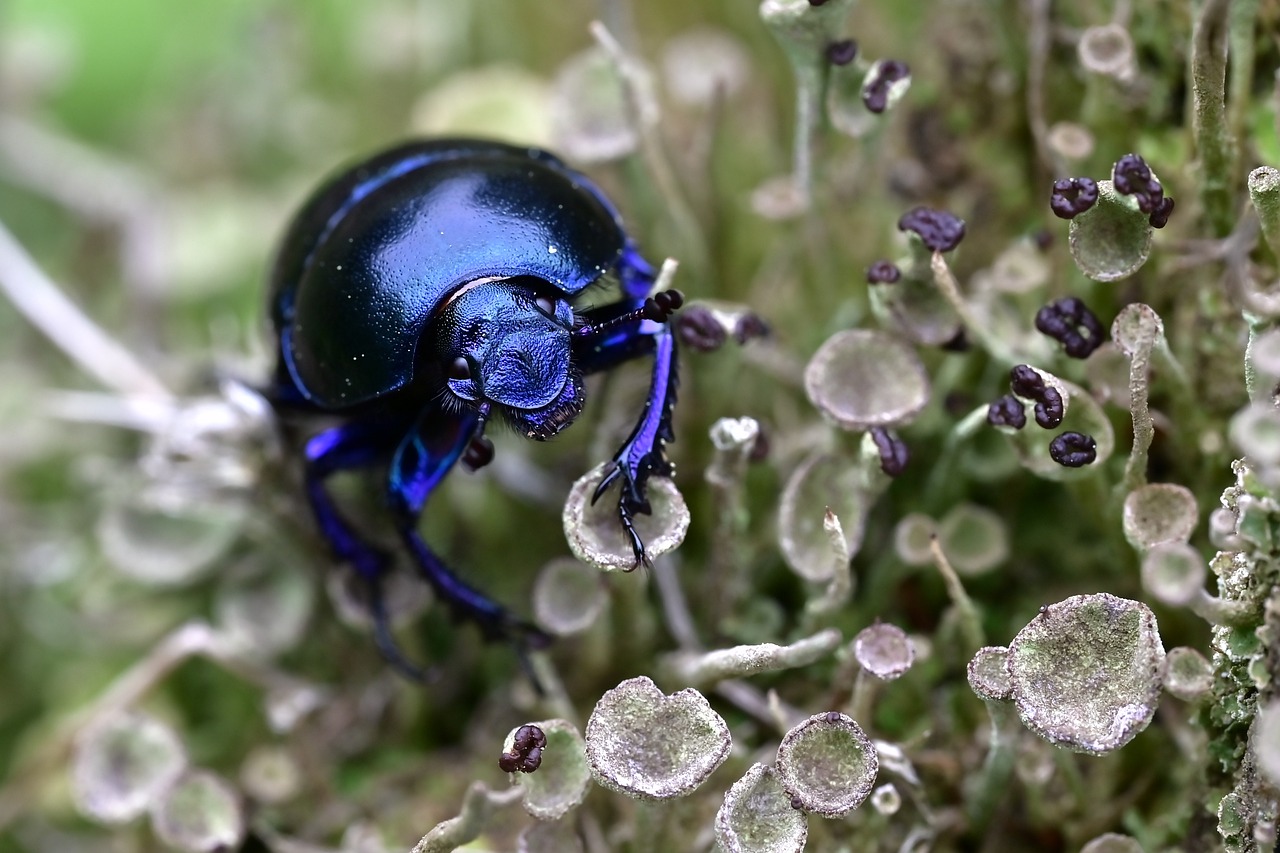
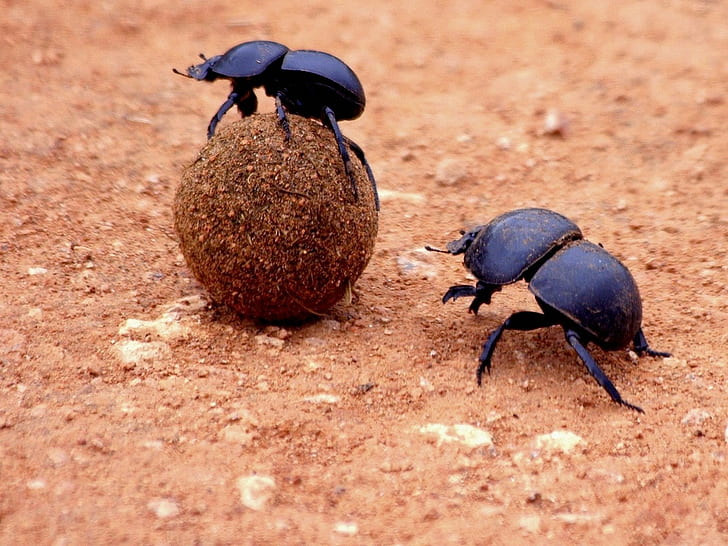
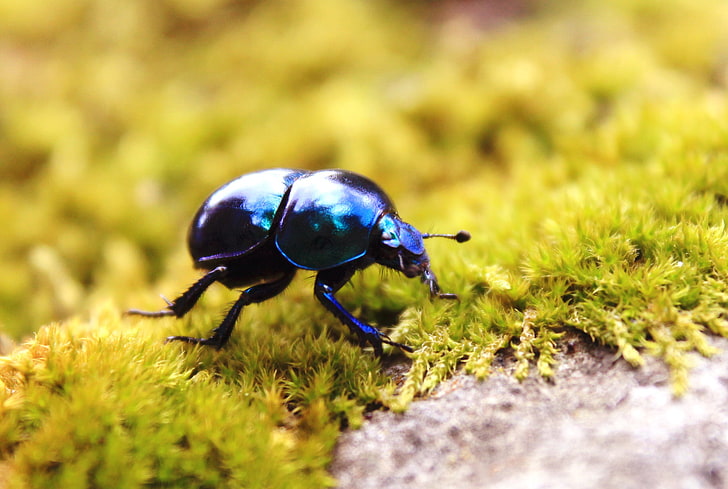

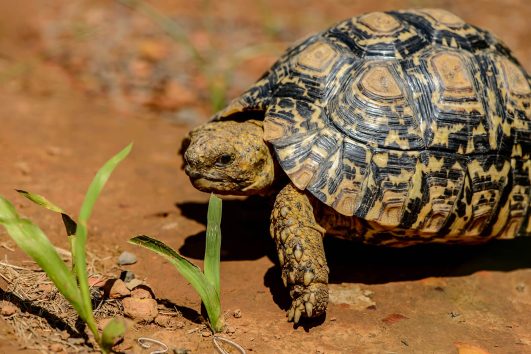

Tour Reviews
There are no reviews yet.
Leave a Review